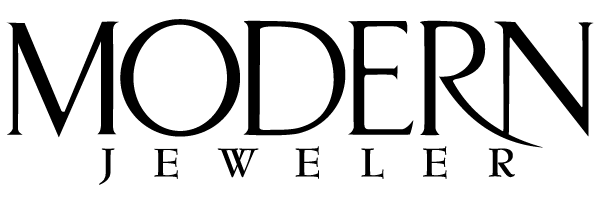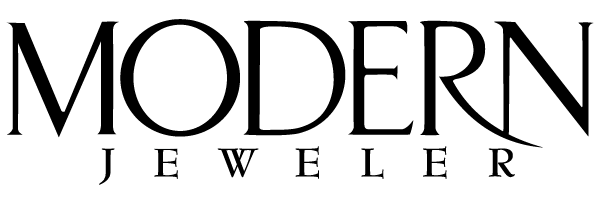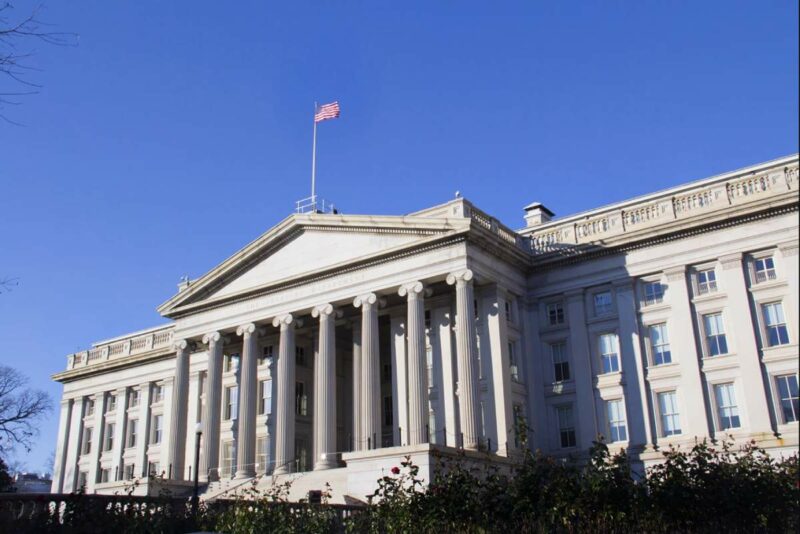The Rapaport Group has reached out to the US Office of Foreign Assets Control (OFAC) seeking exemptions and better guidance. This initiative is set to address the complexities surrounding the trade of non-Russian diamonds, thereby attempting to safeguard the wider jewelry industry from the unintended consequences of these sanctions.
The Sanctions Context
The backdrop of this development is the G7’s stringent sanctions on Russian diamonds, a direct response to geopolitical tensions. These sanctions aim to curtail Russia’s economic gains from the global diamond trade, potentially influencing market dynamics and ethical considerations within the jewelry sector. The US Customs and Border Protection’s recent directive for importers to certify the non-Russian origin of diamonds over 1 carat underscores the heightened regulatory scrutiny.
“Our objective is to eliminate the flow of funds to Russia generated by the sale of Diamonds. It follows that Diamond imports or transactions that do not result in the transfer of funds to Russia should not be sanctioned. There should not be any sanctions restricting the trade or import of “pre-war” diamonds unless they involve current sanctioned entities. Furthermore, all polished diamonds purchased or in existence before March 1, 2024, should be exempt from sanction regulations as Russia has already received payment for them, “ states Martin Rapaport, Chairman of the Rapaport Group.
The Call for Comprehensive Inclusion
A pivotal aspect of Rapaport’s recommendations includes extending sanctions to jewelry containing Russian-sourced diamonds. This move is intended to close potential loopholes that could allow the circumvention of sanctions through the importation of diamonds set in jewelry.
Seeking Operational Clarity
The letter also highlights the need for clarity on several operational fronts, including the verification of self-declarations by importers, the facilitation of transactions involving Russian diamonds by US entities, and the role of grading laboratories within the sanctions framework. Rapaport’s request for guidance reflects the industry’s quest for operational clarity amidst the regulatory changes.
Industry-wide Implications
The dialogue between Rapaport and OFAC illuminates the intricate challenges faced by the jewelry industry in navigating the sanctions landscape. With over 1,587 trade members and the American Gem Trade Association backing Rapaport’s initiative, there is a strong industry consensus towards finding a balanced approach that curbs the financial flow to Russia without unduly hampering the global diamond trade.
Forward Path
As the industry awaits further guidance from OFAC, the steps taken by The Rapaport Group underline the critical importance of collaboration and dialogue in shaping a regulatory environment that supports ethical trade while adhering to international sanctions. The outcome of these discussions could set precedents for how the jewelry sector adapts to geopolitical pressures, maintaining its commitment to ethical sourcing and trade practices.
Ethical Considerations and Industry Support
Martin Rapaport’s stance reaffirms the industry’s commitment to eliminating financial support to Russia through diamond sales, highlighting the nuanced approach needed to differentiate between pre-war and post-war diamonds. The collective support for the Rapaport US Diamond Protocol suggests a growing industry-wide movement towards ethical trade practices, further emphasizing the significance of this dialogue with OFAC in shaping the future of diamond trade sanctions.
The unfolding scenario underscores the jewelry industry’s resilience and adaptability in responding to global challenges, signifying a crucial period of reflection and action towards sustainable and ethical trade practices.






